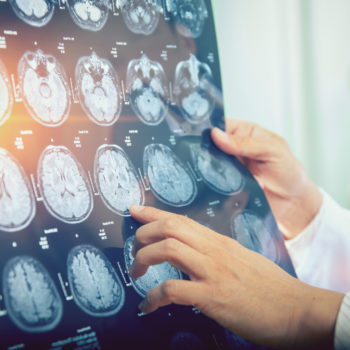This is a tension-type headache, a mildly debilitating form of headache characterized by the onset of mild to moderate pain intensity that can also be felt on the neck and shoulders. The association with the lifestyle is very close: in fact, many of its potential triggers lie in some bad habits. We discuss this with Dr. Vincenzo Tullo, a neurologist specialist and head of the Migraine Ambulatory at Humanitas.
What type of headache is it?
Tension headache is the most common one: about one in three people suffer from it at least once a month, so it is more frequent than migraine even if it is less disabling. It affects mainly women, and the pain is generally felt in the forehead area or on both sides of the head (bilateral pain). Photophobia or phonophobia may be present (which is the intolerance to lights and noises) but not together, and the pain is typically compressive-constrictive (“like a weight”), so it doesn’t pulsate and it can last from thirty minutes to seven days.
Often, people suffering from tension headaches, either occasionally or chronically, or at least for fifteen days a month for three months, also feel neck and shoulders muscles soreness. Once again, unlike migraine, symptoms are generally not exacerbated by physical activity.
What can cause it?
There are many triggers. Muscle tension, and therefore pain, can be a response to stress or bad postures held in front of the PC or while reading. Tension headache can also be induced by nervous tension, the tendency of skipping meals, sedentary lifestyle, physical and mental fatigue, climatic variations, lack of sleep, chewing problems and drugs abuse.
Factors that can alleviate the symptoms are rest, physical and muscular relaxation and moderate motor activity. Furthermore, in the event of a moderate intensity crisis, an analgesic from the NSAID family can be effective. If the tension headache is frequent, you can also set up a prophylaxis therapy for a few months after a neurological consultation in a neurology center.
Finally, tension-type headache can be associated with migraine. Therefore, it is necessary to diagnose and teach patients to distinguish the two forms of headache, in order to use the most appropriate symptomatic drugs from time to time.










